My superfluid molecular hydrogen star and superfluid helium 3 and 4 galaxy models, have two bubbles aligned close together, that explains the two Fermi bubbles of the milky way, and two solar system bubbles produced by the poles of the sun's magnetic field in a countervortice rotation. The star or galaxy center is located at intersections of filaments. A filament can originate at the junction of two bubbles. Bubbles are shaped by interacting electromagnetic forces, and magnetic currents of monopole antimatter spin centers. Unseen theoretical black holes are still cosmological science fiction, replaceable by a holographic superconductive quantized spin resonance superfluid center, that analogs the gravity duality experience with actual mathematics. Laboratory superfluids carry the angular momentum by electric currents in quantized vortices with associated magnetic fields. A superfluid vortex ring current is seen surrounding both supernovas and galaxy clusters. Galaxy clusters are never gravitational lenses, but actually show many collectively aligned superfluid ring currents of streaming stars. Supernovas have a knotty ropey braided vortex ring current that intersects at the center, that expands on the surfaces between the two bubbles. Supernovas will form protostars inside the knotty ropey braided expanding ring current, that expands and cools to near 20 Kelvin to form evaporating gaseous globules where the protostars form like beads inside filaments, having an observed characteristic filament width of 0.3 light years. The gravitational lens dogma is irrefutably accepted or this would be standard cosmology.
Streams of stars on bubbles around ARP 189 the Umbrella galaxy reveals a new cosmology
 |
| Combined images of Arp 189 from the 0.5 meter Blackbird Remote Observatory telescope and the Supreme Cam on the 8 meter Subaru telescope |
Streaming stars on bubbles located inside intergalactic filaments are seen connecting to Arp 189 galaxy. Arp 189 is a neighbor galaxy only 72 million light years away, providing a rare observation looking through an aligned intergalactic filament, that's not possible with distant galaxies. The accepted theory is wrong, that colliding galaxies are gravitational objects that produce tidal tails. Photos show stars stream in filaments along the surface of spherical shaped magnetized plasma bubbles. Stellar streams follow the spin axis of an intergalactic bubble, forming a thin central disk and ring shaped pattern around the galaxy. Halton Arp studied NGC 4651 also called Arp 189, and proved it is connected to a quasar by a filament, despite the controversy:
Arp 189 is also called NGC 4651 Galaxy.
Arp 189 photo taken by Halton Arp
Star streams on bubbles wrongly interpreted by dogmatic cosmology as tidal tails:
Stars streaming inside an enormous intergalactic filament. There's no chance these stars are tidal tailing by gravity.
The entire intergalactic filament is shaped by electromagnetism, not gravity, and what we see is highly dependent on the amount of radiation from spin plasma filament density alignments to earth.
These "interacting galaxies" all have stars streaming around them on plasma bubbles, and are not the results of gravity collisions.
Thousands of galaxies are streaming in filaments on an intergalactic bubble with cavities towards the center of galaxy cluster RX J1532.9+3021. It is obviously not a tidal tail of galaxies streaming towards a black hole at the center of the galaxy cluster as believed.
Bubbles in dwarf galaxy Holmberg II
Two interacting galaxies SDSS J1531+3414 were accidently discovered to have a 100,000 light year long corkscrew spiral of stars streaming like beads on strings. Astronomers looked at the photos they took looking for gravitational lenses and noticed the structure, and it actually defies their gravitational lenses theory. The gravity dogmatic explanation is that these beads of stars on filaments are like raindrops that fall from the sky by gravity, instead of rain all falling in one filament from the clouds without droplets (this is absurd). This is called the Jeans instability, where an electrical charged plasma is supposed to, but does not become, a self-gravitating entity or object of mass intended to misrepresent the obvious 99.99% plasma and superfluid universe comprising reality. Beads on strings formation of stars and galaxies on bubbles is well described by the Leidenfrost effect, where a collective quantum-macroscopic critical temperature phase change transforms normal hydrogen into a superfluid state, under strong magnetic fields about 4 degrees kelvin.
Water levitates by the Leidenfrost effect near 190 degrees celsius on an insulating vapor bubble surface that dramatically slows down evaporation. The critical temperature will vary, depending on factors, like the surface properties and impurities.
Superfluid vortex ring currents with streaming stars on bubbles produced from supernovas are directly observable structures being wrongfully dictated to be Gravitational lenses, because you cannot believe in your own observations:
This photo shows stars streaming around Abel 370 galaxy cluster inside a perfectly aligned foreground filament. The entire south end filament with stars is seen. This is observational evidence against all gravitational lenses. Compare how "real gravity lenses" are observationally identical to the same photo for background streams of stars on superfluid bubble intersections, and inside evaporating gaseous globules.
Large scale view of Abel 370
Beads on strings star formation inside evaporating gaseous globules. This is formed by a supernova superfluid vortex ring current that expands and cools, and collectively aligns around the magnetic field of the galaxy. These star streaming filaments are on spinning magnetized bubbles that observationally refutes the gravitational lens theory.
Rare perfect alignment of filaments. Superfluid vortex ring currents (that look like but are not "Einstein rings") carry the angular momentum of a superfluid by electric current quantized vortices with associated magnetic fields, bubbles, and jets, in the labs. This is neglected in the standard neutron star superfluid model, powered by the concept of gravity, instead of actual observations of superfluids in the labs.
Animation of a superfluid ring current of streaming stars on bubbles around galaxy clusters. This is not a gravitational lens.
Rare perfect alignment of filaments. Superfluid vortex ring currents (that look like but are not "Einstein rings") carry the angular momentum of a superfluid by electric current quantized vortices with associated magnetic fields, bubbles, and jets, in the labs. This is neglected in the standard neutron star superfluid model, powered by the concept of gravity, instead of actual observations of superfluids in the labs.
Animation of a superfluid ring current of streaming stars on bubbles around galaxy clusters. This is not a gravitational lens.
Vortices and the ring current of earth's magnetosphere are scaleable cosmic phenomena that discredits the gravitational lens theory.
Irrefutable dogma of the supernova gravity lens animation purported to form four rings by gravity alignment with a black hole:
Supernovas have a superfluid vortex ring current that expands to collectively align around galaxy clusters, observationally refuting the gravitational lens theory. Supernovas are proven to align together around our milky way galaxy center by magnetic fields.
Screenshots from the paper:
These images were extracted from the paper, but the annotations did not come out.
Observations of stars streaming and attached to bubbles refutes gravity based tidal tail theory, interacting galaxy theory, and gravitational lenses, demanding a new cosmology that replaces the big-bang theory. Galaxies are not gravitational bound objects, but are collective visible wave patterns of stellar radiation, mostly by supernovas, that we see based upon the alignments of cosmic filaments with respect to earth. Most star streams are invisible because they are not aligned with our view from earth.
Bubbles are where stars form and live out their lives. Our sun sits in a local low density bubble. Stars don't go leaving their formation bubbles to join the swarms of tidal tails because their galaxy had another collision.
Bubble surrounding star cluster NGC 1929
Thor bubble
RCW 120 star bubble
The Bubble Nebula is surrounded by stars
Laboratory magnetic bubble with central electric current jet used to study cosmic astrophysical jets. The interpretation that spinning black holes causes jets is wrong, as well as everything with the big-bang theory.
Spherical Galaxy Bubble streaming stars
Central jet of electric currentBubbles levitate over denser, colder carbon dioxide gas in labs, which is a similar phenomena for stars levitating on bubbles over colder denser carbon monoxide gaseous filaments. Carbon monoxide CO is always found in high concentrations throughout entire star forming regions. This demonstrates how stars form on bubbles that can levitate on filaments.
Pulsar at the center of the supernova is surrounded by a superfluid vortex ring current where stars will form.
There are two Fermi bubbles that many stars stream around the galaxy on inside vast intergalactic filaments.
The sun must be located at the center of two solar system bubbles, and not inside just one bubble believed to be originating near the sun's poles.
The sun's poles produce heliospheric magnetic fields in a vortex and countervortice pattern, that forms two solar system bubbles that intersect at their centers.
The solar system bubble is two bubbles
The bullet galaxy cluster with two bubbles spin center aligned. They are interacting and not colliding.
Two galaxies or one galaxy sharing the same center of a bubble
Supernova with two bubbles interconnecting at the center by a superfluid vortex ring current.
Quantized superfluid vortex ring current of electricity in a fermionic dilute gas, with two bubbles, and associated magnetic fields with jets.
John Huchra is the discoverer of the Huchra cross, being misrepresented as the "Einstein cross" for gravity interpretation based cosmology. Huchra had originally said that "bubbles fill the universe like suds fill the kitchen sink." Following Huchra's discovery came ridiculous dark matter theories to conform to Einstein's relativity theory. Gravity theory must be abandoned, along with all the ridiculous dark matter theories. Dark matter is a misleading venture to acquire fame and money, that keeps scientists going by government funds and wasted taxpayer dollars.
Astronomers know next to nothing, so they throw in dark matter to try and explain cosmology by gravity, while outright denying the universe is structured by observable fundamental forces and new states of superfluid matter, producing electric currents in filaments with associated magnetic fields that form stars and bubbles.






















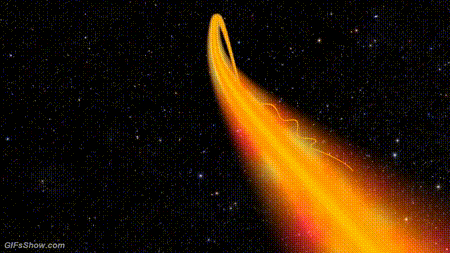
































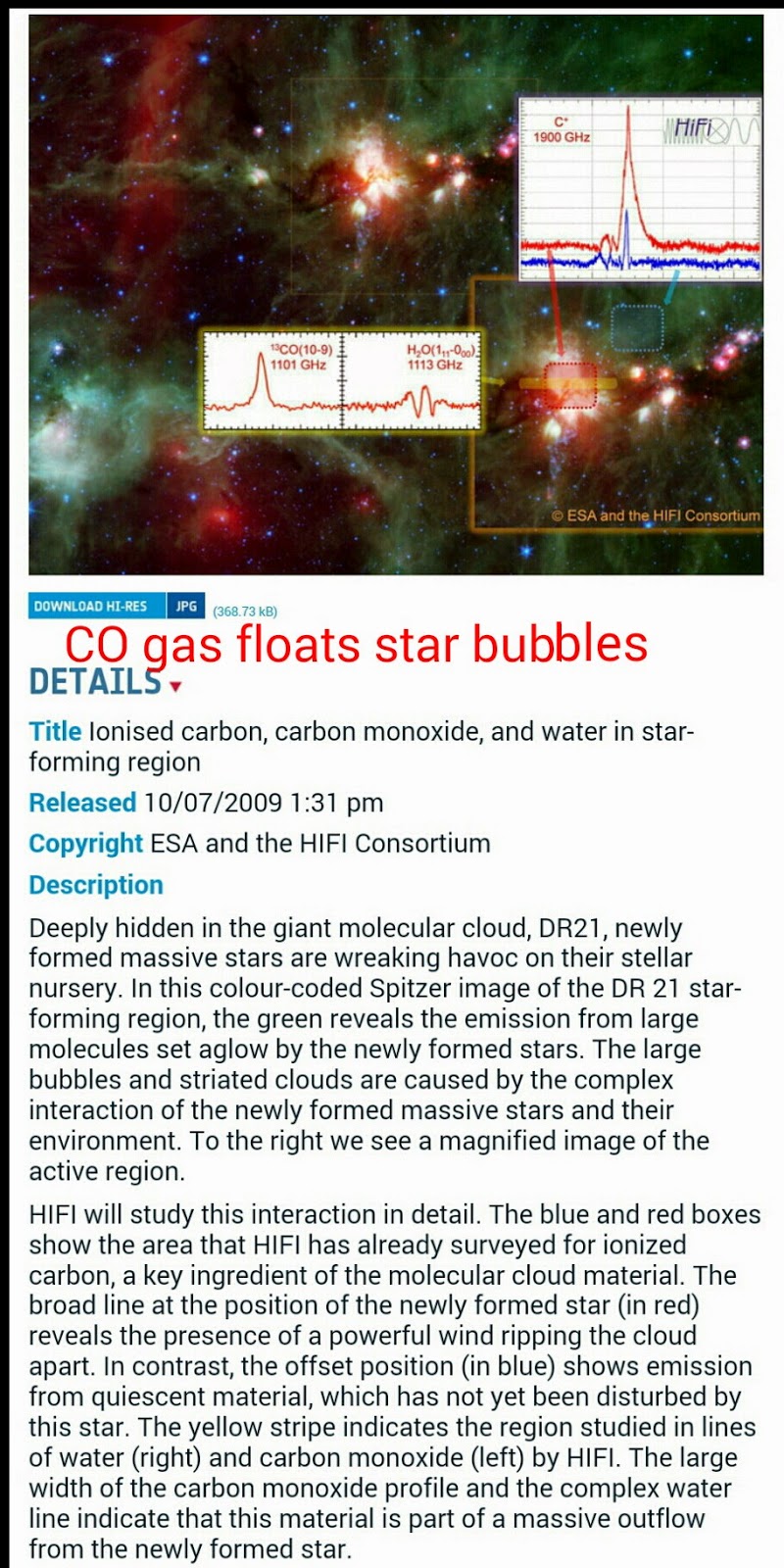




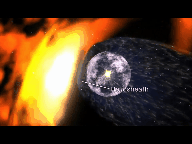











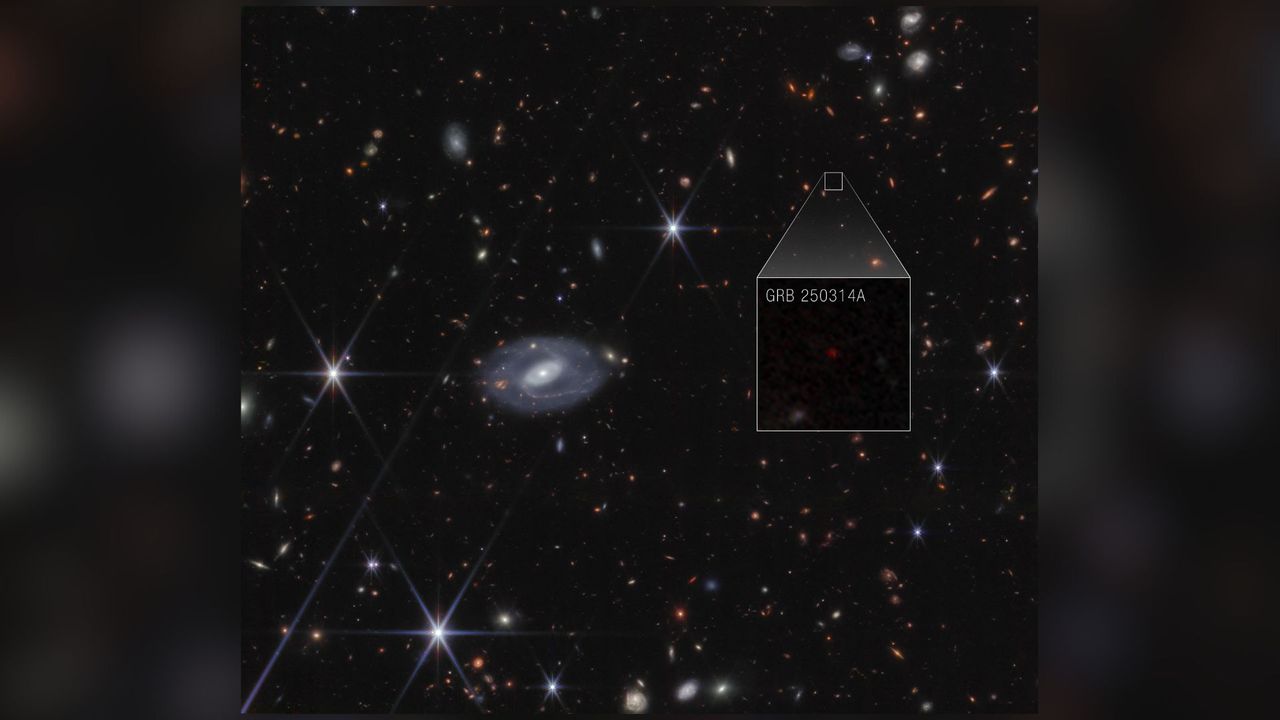




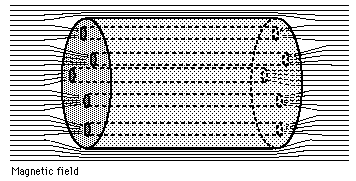
No comments:
Post a Comment